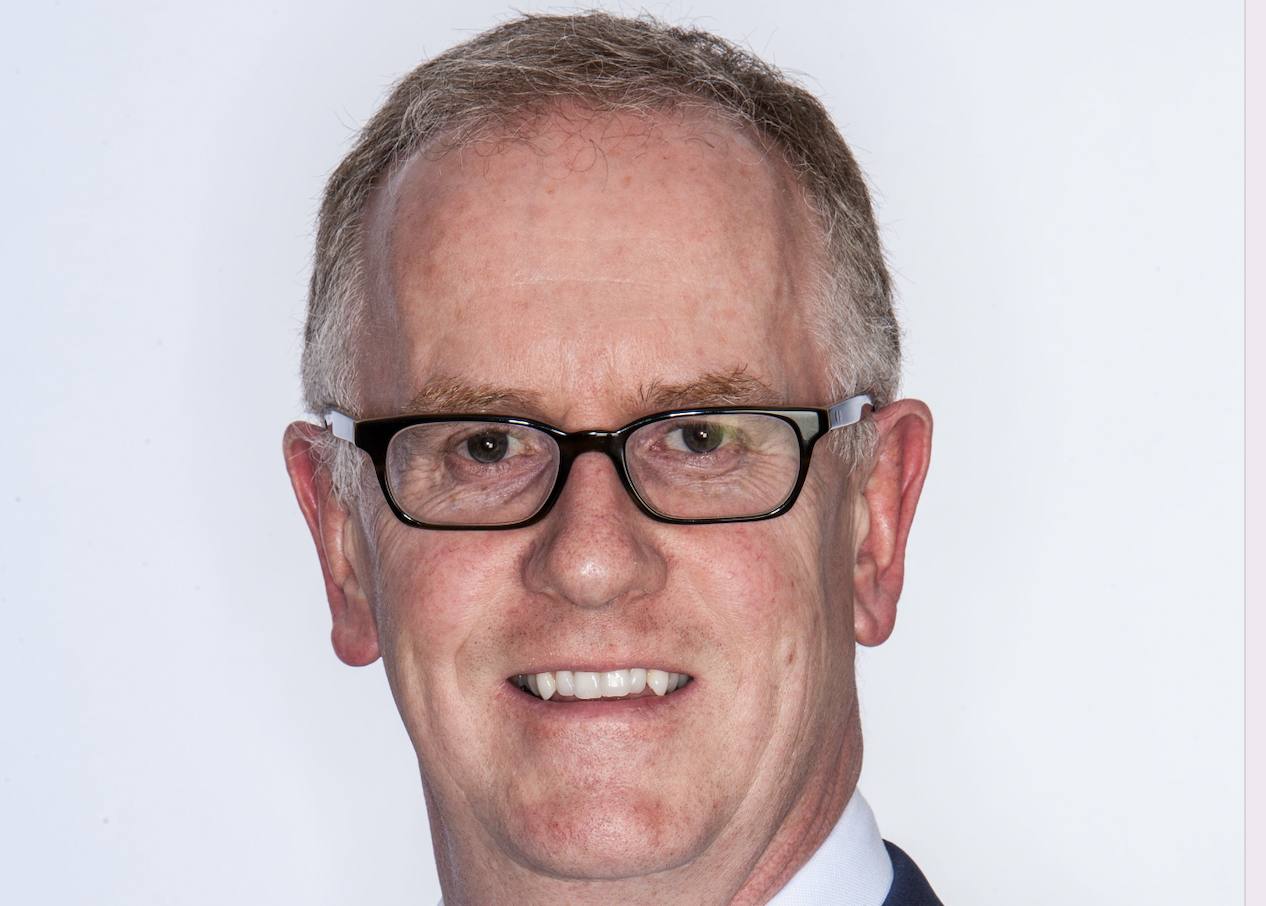Equities
As with emerging market debt and high yield, we are generally at that point in the cycle when equities can continue to make progress – it’s when monetary policy has been tightened significantly and is likely to impact employment growth that one needs to worry, but that is some way off. The US cycle is more advanced than that of the UK – which is ahead of both Europe and Japan – so we’re a little more cautious about the US but this is a relative call not an absolute one. Asia ex Japan and emerging markets are more about structural growth than cycles so I would be broadly positive unless valuations were stretched – which they’re not. Indeed, valuations in developed markets are still OK.
Bond yields
Developed sovereigns are still horribly expensive but they’ve fallen quite a lot in recent months (yields have risen) so they could take a breather. Looking beyond the first quarter, I would expect them to resume their downward path as we’re at that point in the cycle when inflation should continue to rise. And real yields often move with inflation so that would compound things. As for other areas of the fixed income spectrum, such as emerging market debt and high yield, the outlook is still fairly positive with global growth nudging up and ahead of expectations. Yields and spreads are generally close to historic averages but that does not mean they can’t move lower.
Property
It’s hard enough generalising with equities and bonds but with property it is particularly hard. It is such a heterogeneous asset class, with so many variants at work such as type, geography, lot size and the extent to which a building requires more active asset management. It is the specifics of a property that determine its price performance rather than general trends. That said, property in general tends to have both equity and bond characteristics. Rising interest rates would be negative but stronger economic growth that prompted a rise in interest rates would be positive. We’re probably at the point where the latter predominates, which bodes reasonably well for the sector.
Commodities
There are few common factors between energy, precious metals, industrial metals and agricultural commodities. Furthermore, there are few price linkages between coffee and wheat or between aluminium and nickel. What can be said for them as investments is that they don’t yield anything – in fact they are negative yielding once storage costs are accounted for. My general view about commodities is that over time, like foreign exchange, they provide little in the way of return but lots in the way of volatility.
Cash
Given where interest rates are – and will likely be for some time to come – cash can only be attractive in relative terms (relative to other asset classes). Furthermore, rising inflation will make cash even more unattractive in absolute terms. Given my broadly positive view on so-called risky assets, I would continue to maintain low-ish cash weightings.







